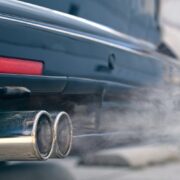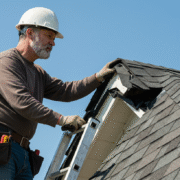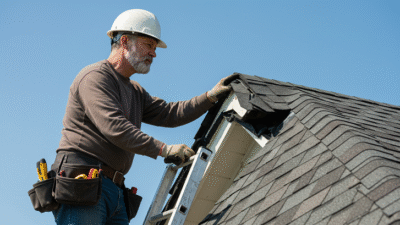Vehicle inspection is often an important part of the insurance process and in case of a policy lapse, an inspection becomes imperative and is therefore mandatory. For instance, it is required –
- In case of an insurance policy renewal, inspection is compulsory.
- In case you decide to switch from third-party liability insurance to a comprehensive one, an inspection is required.
- If your car is damaged due to an accident, and the damage is covered under the policy, an inspection is usually carried out by an insurer who estimates the cost of the damage.
- In case you’ve transferred the policy to another person (like selling your car to another person), an inspection is likely to be carried out.
- In case you’ve upgraded your vehicle with equipment or additional accessories that you want to be covered, your vehicle will be inspected.
- If a car is over a certain age, roadworthiness tests are mandatory in some places.
Although the exact rules differ from state to state, safety checks and inspections in Australia can only be carried out by approved workshops and garages after being granted permission by the state or territory transport department and will generally look out for –
- The condition of the vehicle’s tires. Worn down tires will not pass a safety test and should, therefore, be replaced before the inspection. The wear indicator on the tire could tell you if your tires are in need of a replacement.
- An inspection will check whether all the lights in your vehicle (headlights, emergency flashers, turn signals, etc) are functional.
- Safety hazards like fluid leaks or chips, loose seals, and cracks on the windshields are also checked. Getting these fixed before the inspection is probably a good idea.
- Brakes are easily one of the most important safety features on your vehicle and it should come as no surprise that worn down brakes would be a hindrance to your car passing the inspection. Emergency brakes aren’t to be ignored either, as the inspector will likely put the car in gear and enable the emergency brake to see if it is in working condition.
- The seatbelts of your vehicle need to be in perfect working order and easily accessible as they are an important safety feature without which your car is probably going to fail the inspection.
- The inspector will check all aspects of the car’s steering system. In case of defects or issues, you’ll get to know exactly what needs to be fixed right away.
- The inspector may check the suspension, exhaust and emission controls, or rust or damage the vehicle body.
Now that you know what the process entails, visit car inspection Sydney to have an experienced and approved professional inspect your car.



















Comments